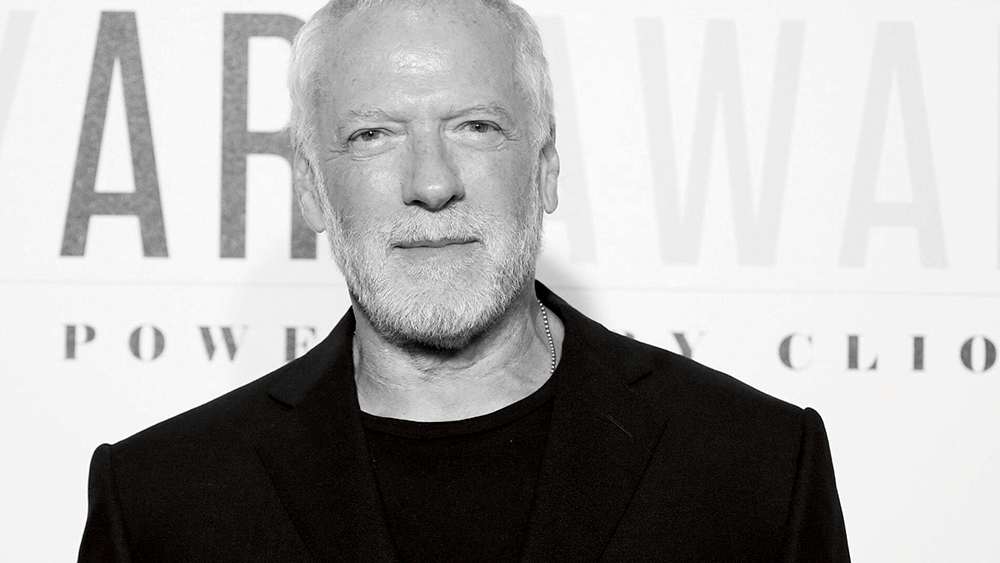Where have all the junior designers gone?
With only 13% of roles entry level, the industry may be in trouble.
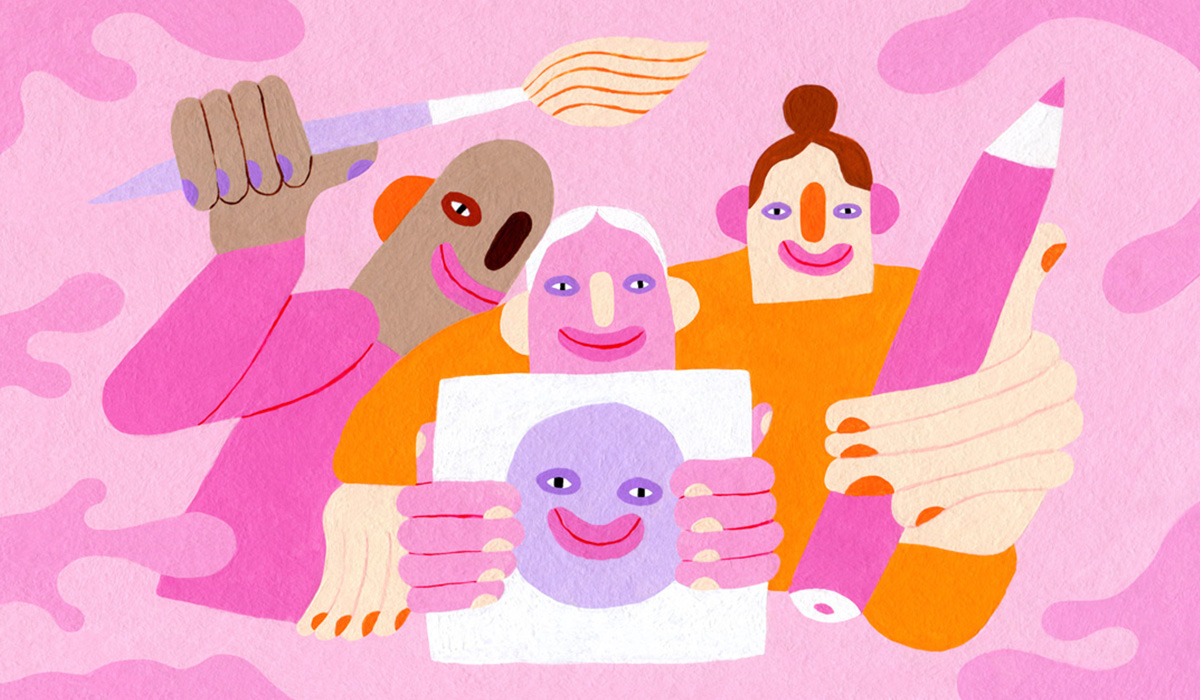
I’ve been in the graphic design game for almost ten years, and in that time, I’ve never been to a job interview. Maybe that explains my secret passion for occasionally going through job ads – just for funsies.
But only lately did I notice that I haven’t seen any junior designer positions for a while. So a few days ago, I did something simple but telling: I scanned some of the biggest design job boards – this time not for funsies, but consciously scrolling and looking out for junior positions.
Out of nearly 100 listings, 87% were for senior roles and only 13% were entry-level. That number stayed with me. With all the focus on graphic design greats, what happened to the junior role? Why does it feel like the industry is quietly skipping that stage altogether?
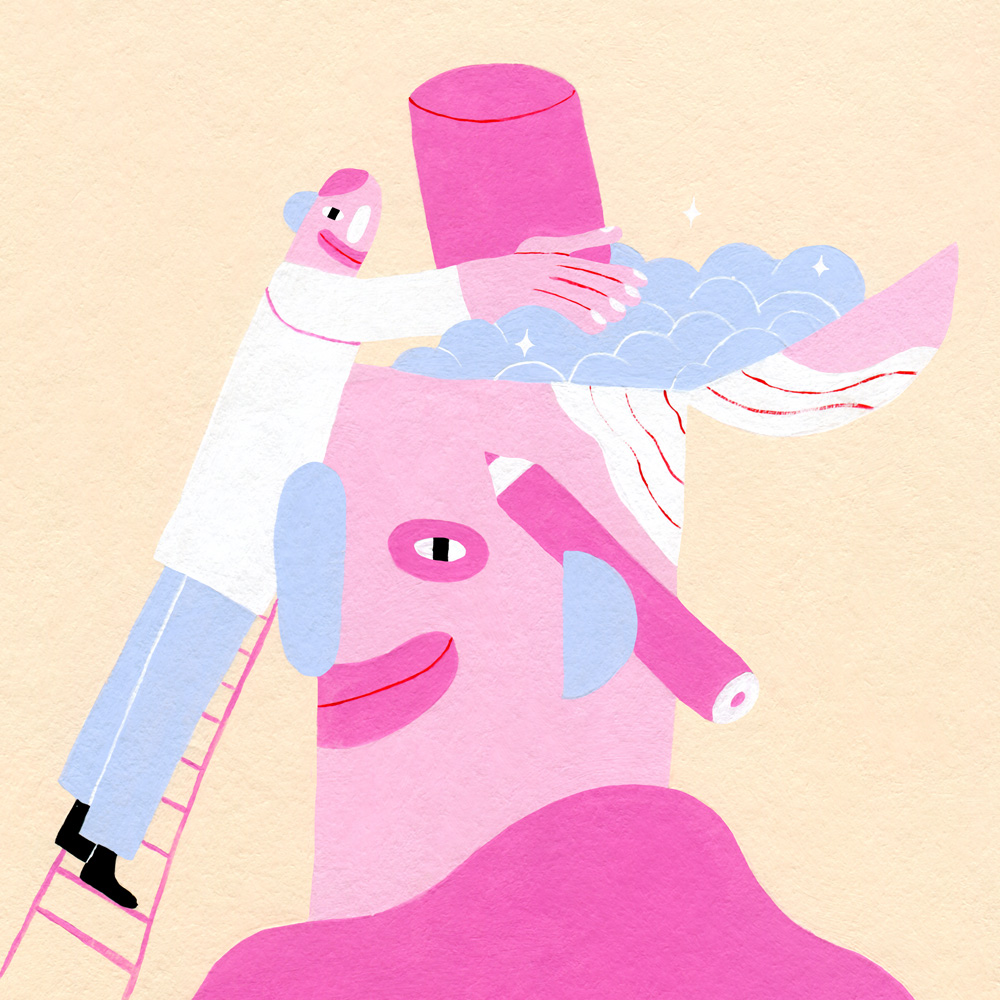
With all these questions popping up, I did what anyone else would do – I went on LinkedIn and wrote what I think. What I didn’t expect was that my concerns, expressed publicly, would ruffle more than a few feathers. With almost 3.3K likes, 437 comments, and 125 reposts, I must have hit a soft nerve.
It seems like we all agree on one simple fact: the junior role used to be a natural entry point – a space where new talent could grow, make mistakes, learn from mentors, and slowly build the foundation needed to thrive (see this piece on the skills needed to get ahead in 2025).
Today, though, it feels like we’ve moved into a culture of 'plug-and-play' hires. Companies want someone who can walk in on day one, solve problems, and deliver polished results with minimal guidance. It’s understandable, especially when budgets are tight and deadlines are relentless. But is this sustainable?
The slow disappearance of juniors
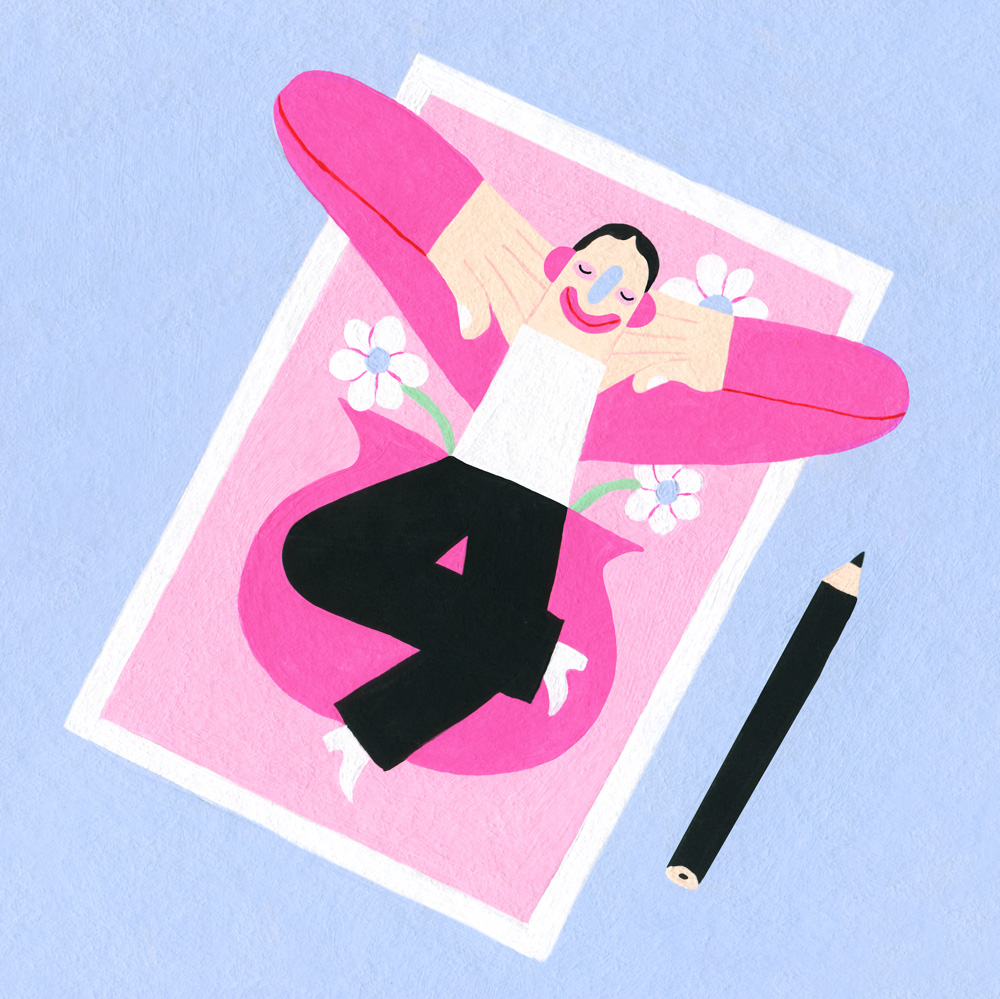
One theory is that internships have simply replaced junior roles. Interns – often unpaid or underpaid – can be trained to do the same work, providing companies with flexibility and cost savings. Some studios do this well, transitioning interns into junior positions once they’ve proven themselves. But many don’t. Too often, interns get stuck in a cycle of short-term roles without ever crossing the threshold into stable, full-time work. And what does that leave them with? Freelancing – another unsustainable and not really future-proof work method.
Daily design news, reviews, how-tos and more, as picked by the editors.
Another factor is how we define 'junior' today. A growing number of so-called entry-level roles require two-three years of experience – an impossible leap for students just finishing university or design bootcamps. We’ve created a strange paradox: juniors are expected to show up as midweights, while seniors are overloaded doing everything.
AI is a kind of threat too. You can’t deny it's taking some work, especially when we’re talking about simple tasks or layout design. On the other hand, clients now expect proficiency in this tool as well, adding it to the long list of 'must-know' tools alongside Adobe and others.
What we lose when we skip stages
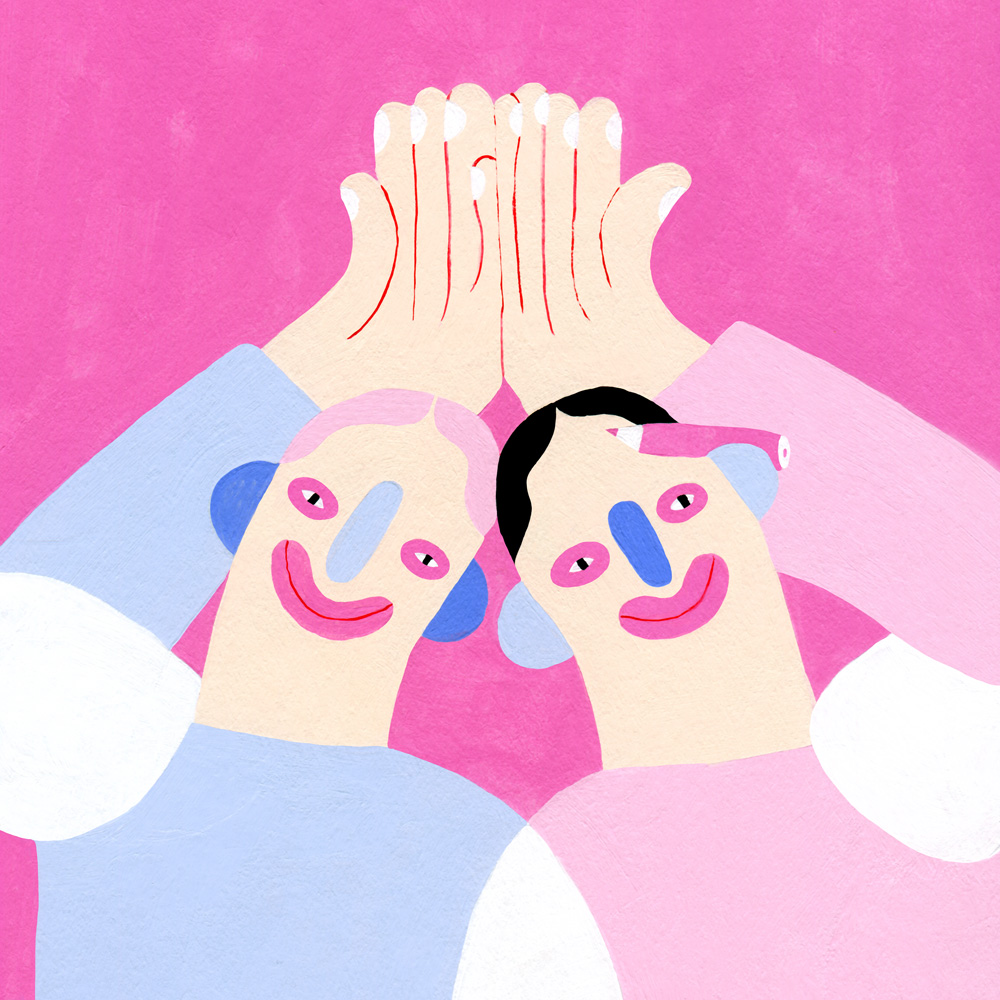
Design isn’t just about producing beautiful work. It’s about communication, navigating clients, solving messy problems, and understanding real-world constraints. These skills take time, mentorship, and practice to develop.
If we eliminate the junior stage, we risk building an industry with no talent pipeline. Who will replace today’s seniors in five years if we’re not training anyone now? We end up with an uneven structure: a few seniors trying to hold everything together while a generation of young designers struggles to find a foothold.
Yet the value of juniors is undeniable. They bring curiosity, energy, and unfiltered creativity. I’ve spoken with studio owners who took the “risk” of hiring fresh graduates, and they’ve told me how it transformed their teams for the better.
One creative lead at Mazda Design Europe shared how hiring talented beginners brought a new vibe and energy that made the studio more dynamic. It’s a reminder that experience isn’t the only ingredient in good design.
The bigger picture
This isn’t just about the design industry. Other sectors are grappling with similar questions, but some – like IT or engineering – have recognised that juniors are critical to their future. They actively invest in early-career professionals, knowing that without juniors today, there are no seniors tomorrow.
Great designers aren’t born senior
We, in design, need to think the same way. We need to remember that great designers aren’t born senior. They’re made through mentorship, experimentation, and even failure.
The need for balance
I’m not suggesting that every studio needs to throw open its doors to hire juniors tomorrow. I understand the pressure of tight budgets and high expectations. But we need balance. Paid and structured internships should feed naturally into junior roles. Career steps – internship, junior, midweight, senior – exist for a reason. Skipping them might save time today, but it costs us growth, culture, and sustainability in the long run.
The future of design depends on more than just immediate output. It depends on how we shape the people who will lead it next. The question is: are we building for the next two weeks, or the next two years?
For more on how to get ahead in the design industry, see our Day in the Life series, where we interview creatives at various stages of their careers.
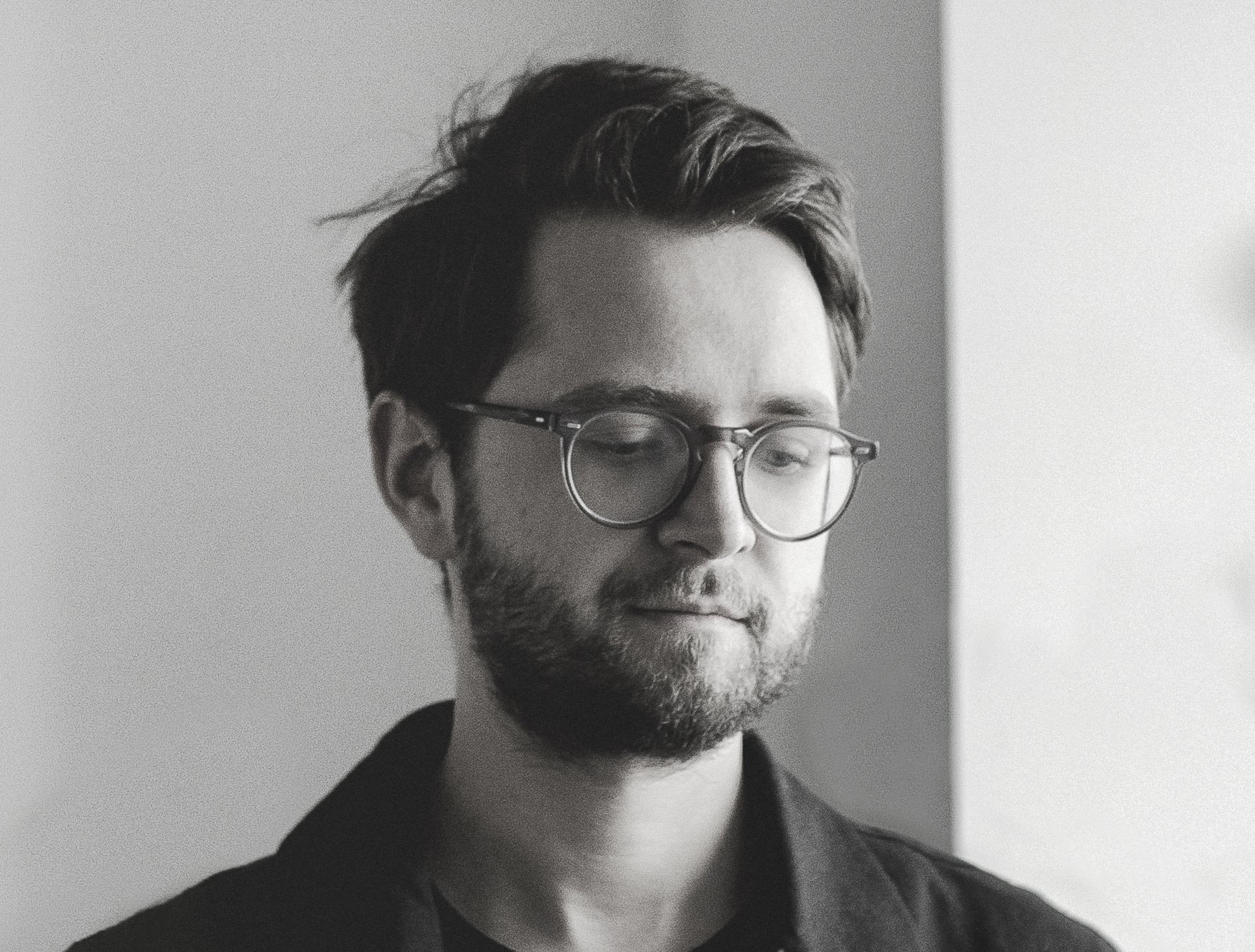
The first thing Augustinas Paukšte did after graduating from the Vilnius Academy of Arts was founding andstudio with the agency’s art director, Domas Mikšys. That bold move led to eight years of prestigious design awards – including Dieline and ADC – and collaborations with global clients like IKEA, Bored Panda, and NordVPN.
Augustinas thrives on unconventional ideas, from launching a studio exchange program and organising a design conference to setting up a radio station inside an office sauna. Constantly exploring new creative frontiers, he believes the best ideas often emerge from unexpected risks.
You must confirm your public display name before commenting
Please logout and then login again, you will then be prompted to enter your display name.
